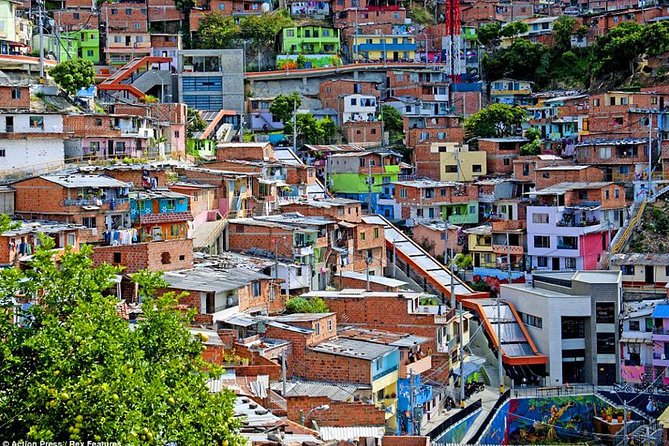Understanding Medellin: A Cultural and Historical Overview

Introduction
Medellin, the capital of the Antioquia department in Colombia, is often referred to as the ‘City of Eternal Spring’ due to its temperate climate year-round. Recently, it has captured global attention not only for its stunning landscapes and rich culture but also for its significant transformation over the past two decades. Once infamous for its crime and violence, Medellin is now celebrated as a model of urban innovation and social reform, making it a critical topic for discussion and exploration.
Recent Developments and Events
Following a period of violence in the late 20th century, Medellin underwent a revival that has turned it into one of the most progressive cities in South America. In 2022, the city was recognised as the most innovative city by the Wall Street Journal and Citi, showcasing its extensive public transport systems, such as the Metrocable, which connects hillside communities to the city centre, and its focus on social integration.
The implementation of educational programs and economic opportunities has led to a reduction in crime and an increase in tourism. Events such as the annual Flower Festival, which takes place every August, attract thousands of visitors, showcasing local culture and entrepreneurial spirit. Additionally, the city hosted the World Urban Forum in 2014, emphasizing its commitment to sustainable development and community engagement.
Challenges and Future Outlook
Despite its successes, Medellin still faces challenges, including socioeconomic disparities and ongoing issues related to violence stemming from drug trafficking. The government and local organisations continue to work towards addressing these issues by promoting inclusive economic opportunities, enhancing public spaces, and fostering community engagement.
The future of Medellin looks promising as it continues to focus on innovation and sustainability. Aimed at becoming a key player on the global stage, the city seeks to attract international investment and tourism while further developing its local talent. As it stands today, Medellin is positioned not only as a tourist destination but also as a model for urban transformation, inspiring cities worldwide.
Conclusion
Medellin’s evolution from a city plagued by violence to a thriving urban centre is a compelling story of hope and resilience. For readers and potential visitors, Medellin represents an opportunity to engage with a vibrant culture, experience local hospitality, and witness the innovative practices that are shaping its future. As the city continues to grow and redefine itself, it remains a significant topic of interest, highlighting the importance of urban development and community initiatives.









